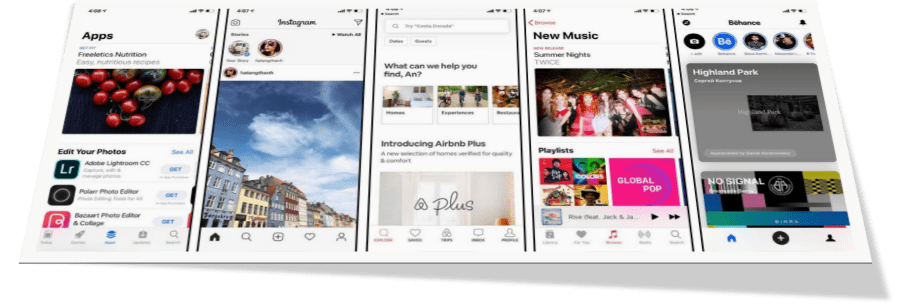User experience (UX) is undoubtedly the most helpful in businesses’ growth and sales generation, as it is inclined to the development of systems and such, and houses today’s most interactive devices and digital products. It brings good impact to the economy, as it helps build the foundation for a stronger customer-business relationship.
Now, let’s explore the industry’s specific rules and standards that make it the most useful for businesses and individuals. UX is a big category that covers many aspects, but most people tend to only think about how to make use of a product or service. Updating and acquiring new knowledge will help one make UX as optimal as possible. And to avoid implications? The key is to ask questions.
Think of What the Users Need and Want
The first thing one should note is that we are designing for the user. The end user is the one we are servicing to, so technically, they are our firsthand clients. Designers are experts in visual appeal, and so they will incline their design based on the ones they think users will love. Designers are fond of eye-catching, colorful designs but makes sense when it comes to inclining to the thinking and behavior of their target group of users. Figuring out whether the ideas are valuable to users (or at least gives any business value) is not too difficult. It involves asking users the following two core questions, which takes place in usability research and/or user research:
“Do you want it?” (Ask the user directly during the test)
“Can you use this?” (Ask the user during usability testing)
Collect Clear User Feedback
Some designers feel nervous when they have to ask users directly, but as they say, one will receive some negative feedbacks but it is up to the person if he/she will turn this to a chance to learn: how to resolve those issues. He/She will be relieved to receive the final results. To save time and not waste resources when designing products, it is essential and simple that you should learn about the needs of users, what they want and need. Instead of just sitting and guessing what users want, we should collect user feedback. If you do it right, it becomes a comprehensive solution than just a frightening notion on the part of the designer. Moreover, this can give you the motivation to progress in your product design as this is one huge resource.
Consider Following A Procedure and Certain Styles for Branding
To have the exact demand of the user, one can try to experience the user testing. In this option, with a list of target customers, we will allow them to access and use our products to regularly exchange opinions and thoughts. After that, designers will gather to discuss those comments. Users and designers don’t need to think too much for this is only a way to build a relationship with your main consumers. This means that face-to-face interviews are not the only way to get quality feedback. This is also a way to represent the brand of one’s client: maintain a harmonious relationship, and remember to embody the brand proper. In the design proper, color is one of the most easily identified assets of brands when users face an app or website, or even any visuals presented to them. Difference in culture could also affect this situation, so designers should take precautions, too.
Let the Users Be In Control
Letting your users feel that they own the device and the experience will also help create a good relationship to continue on with one’s design. Personalizing an app would make users feel that they are cared for by a brand. For example, a user orders online and it so happens that he/she cannot find the “change currency” option in-app. Inputting a question like, “What do you like to explore?” or “Where do you want to go, __name__?” could simply help them out solve their own problems. This produces good impression on the brand and on the designer. It shows that control goes beyond usability considerations as it enhances the overall customer experience. This could also lead to the development of new features and promote user engagement. Those are the advantages of giving users control. Otherwise, the designer cannot know certainly the needs and preferences of the user, resulting in an unfriendly interface and journey. The authority of users to attend to their needs and be independent in a way are ways to let the users feel comfortable of their experience.
Be Consistent
The next important rule when designing a user experience is to maintain consistency. Consistency has always been a key element of brand design, and contributes significantly to the user experience. Users often expect things that make sense to them, and they can get frustrated quickly if they don’t. If the interface is constantly changing, users are forced to get used to the new changes, which makes them feel uncomfortable. One risks the chance of maintaining a loyal customer base.
Users are Your Client’s Customers
Another note that businesses need to pay attention to is treating users like customers and vice versa. When representing a brand, it is safest to remember to please the users, as they are the ones consuming the brand. Consumers are king for the brand, the way users are king for the UX design agency.
Conclusion
Users are always looking for satisfaction. The search for a better website is a way to tell the other brands that their brands’ website don’t work for them. Whatever UX design one makes in light of the whole web or mobile app development process, it always comes back to your clients, so better treat them as your clients, too.
Find a reliable and effective UI/UX company like USER. We will help make things as smooth as possible for your business.




